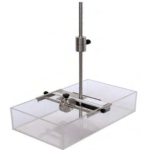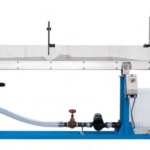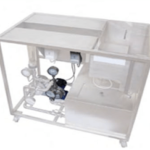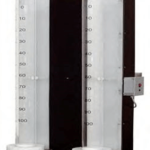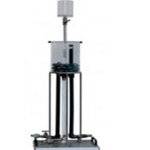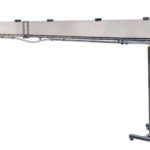The weight of fluids at rest causes a pressure that is known as hydrostatic pressure or gravitational pressure. This pressure acts on any area that is in communication with the fluid, exerting a force that is proportional to the size of the area.
The effect of hydrostatic pressure is highly important in many fields of engineering: in shipbuilding, in hydraulic engineering when designing locks and weirs, in sanitation and building services.
The experimental unit offers typical experiments to study hydrostatic pressure in liquids at rest. The effect of the hydrostatic pressure of water can be clearly shown at different water levels and angles of inclination.
Learning Objectives And Experiments
- Pressure distribution along an effective area in a liquid at rest
- Lateral force of the hydrostatic pressure
- Determination of the centre of pressure and centre of area
- Determination of the resulting compressive force
Features
- Determination of forces on surfaces under hydrostatic pressure
Specification
- Investigation of the hydrostatic pressure in fluids at rest
- Tiltable water tank with fill level scale
- Lever arm with different weights
Technical Specification
- Water tank
- Inclination angle: 0°…90°
- Content: 0…1,8L
- Scale: 0…250mm
- Effective area, max. 75x100mm
- Lever arm
- Max. Length: 250mm
- Weights
- 1x 2,5N
- 1x 2N
- 2x 1N
- 1x 0,5N


